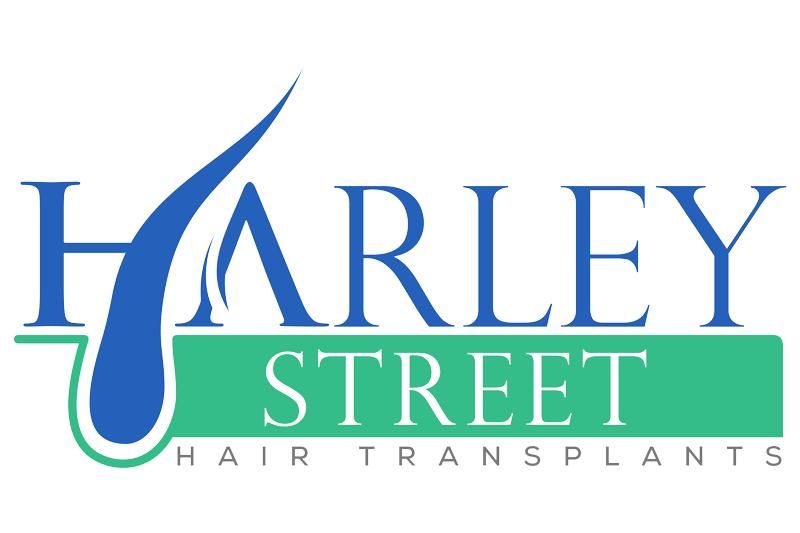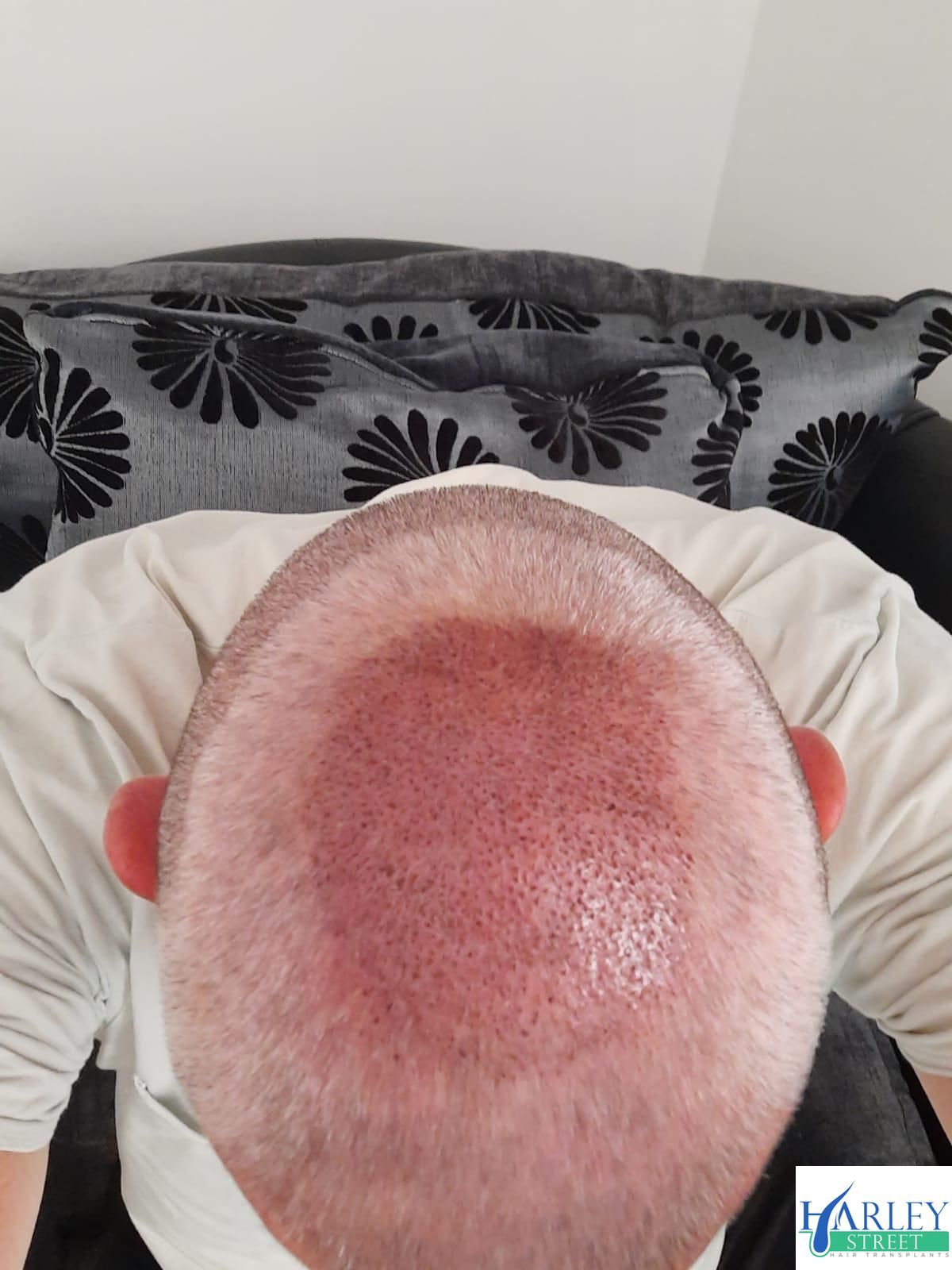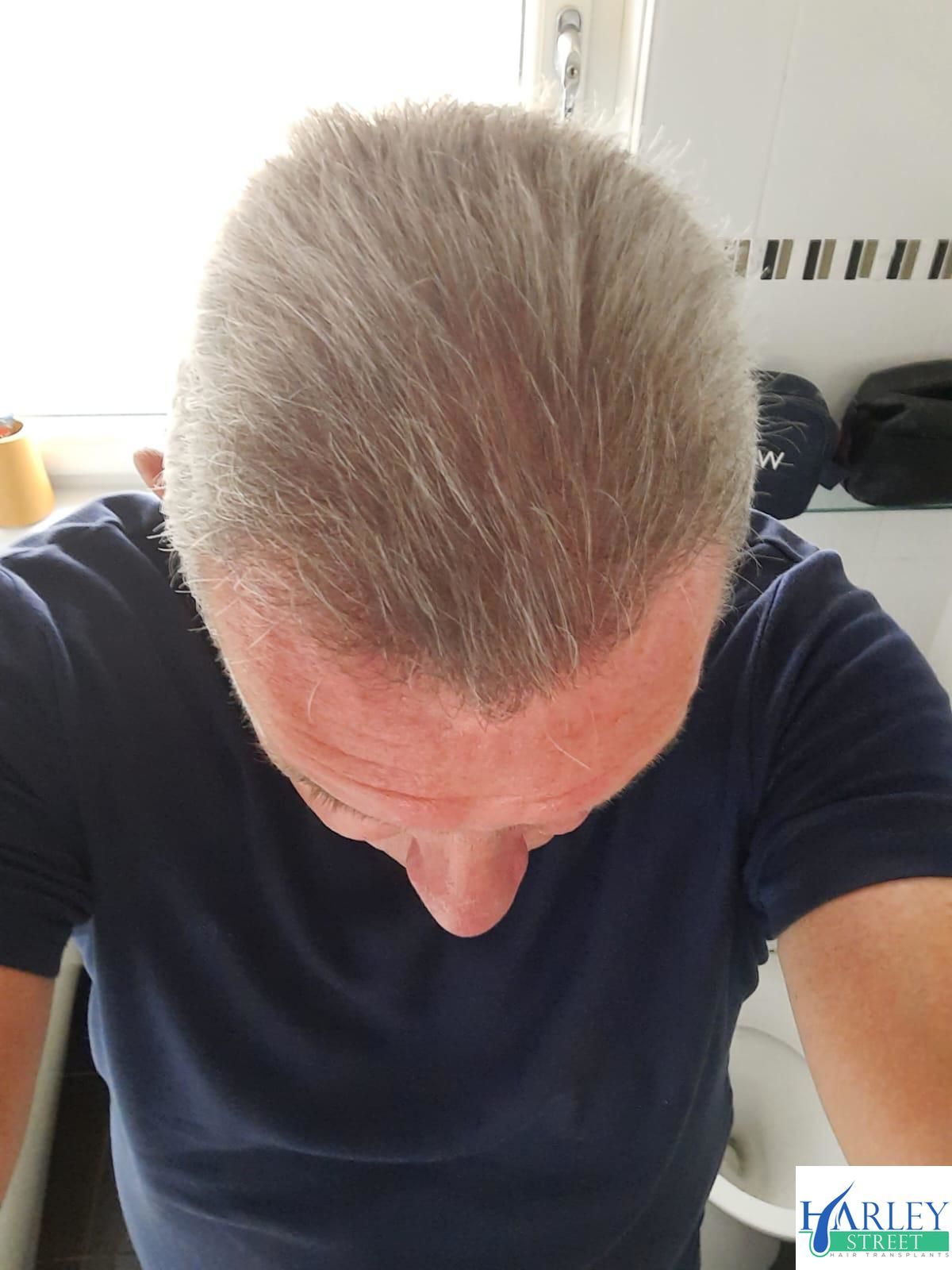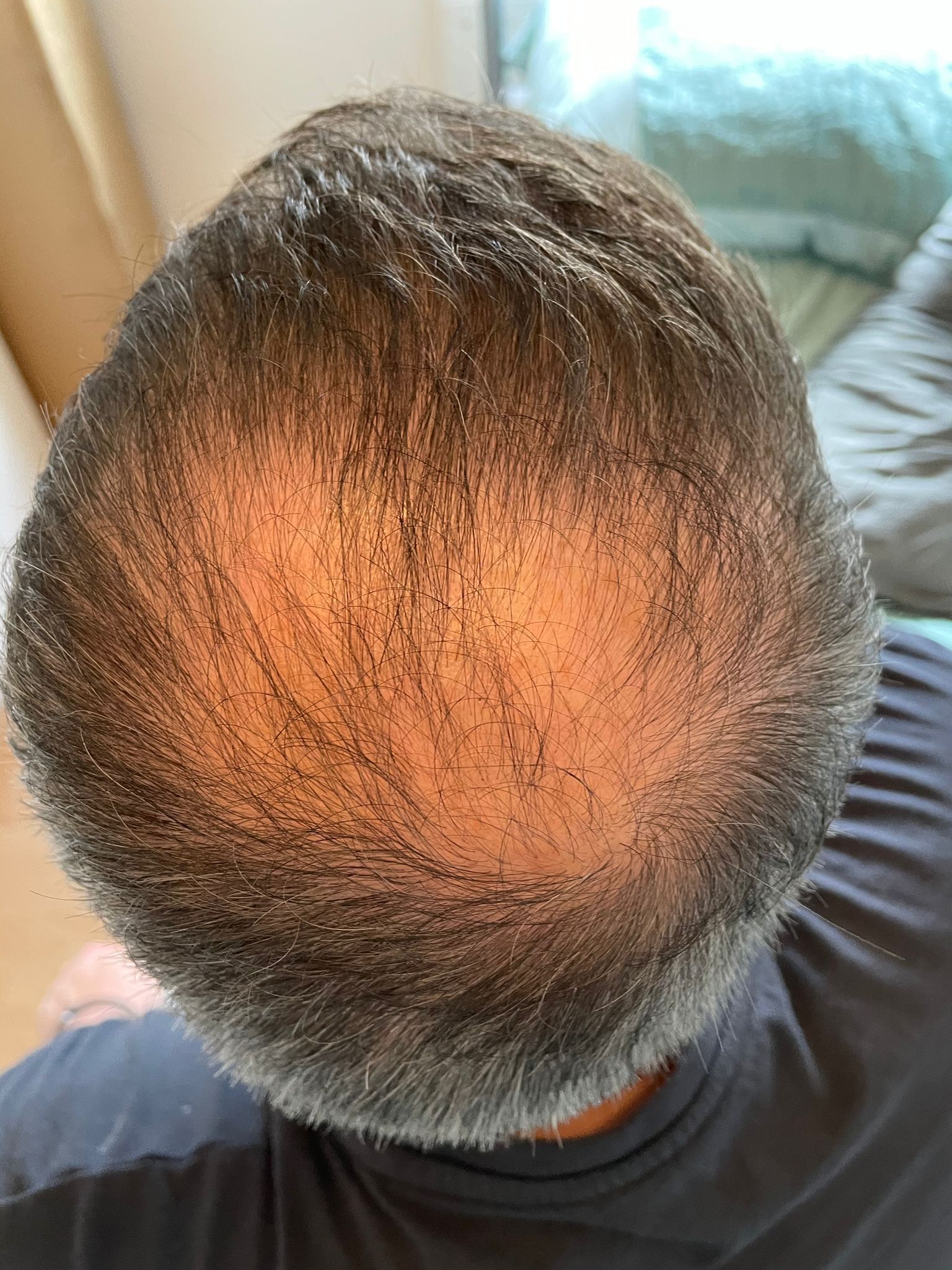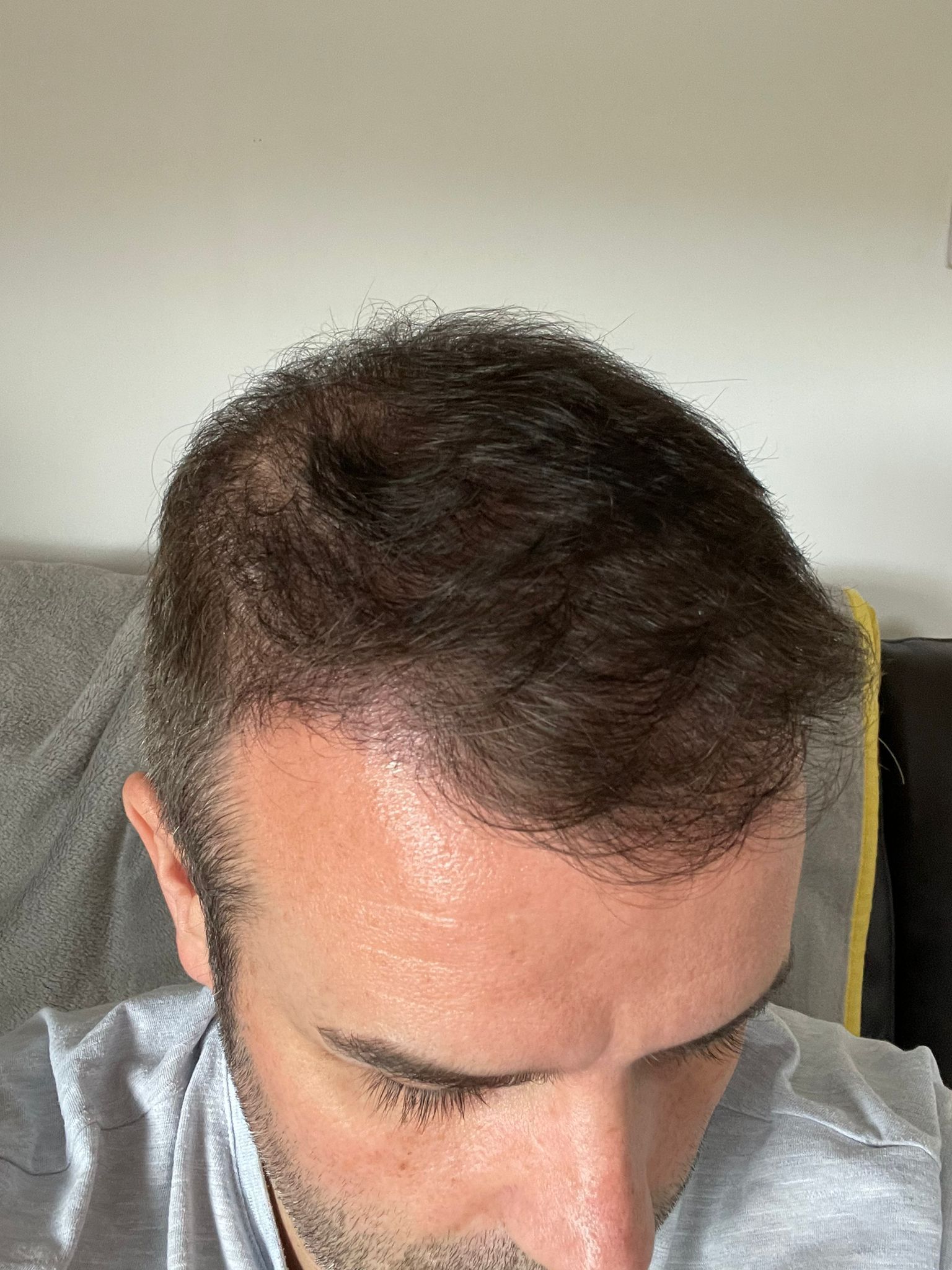CROWN HAIR TRANSPLANTS GLASGOW
Crown Hair Transplants in Glasgow
Crown hair transplants are a highly effective hair restoration technique that can help to address thinning or balding areas on the crown of the head. This procedure involves the extraction of healthy hair follicles from a donor area, typically the back or sides of the head, and transplanting them onto the crown area.
At Harley Street Hair Transplant Glasgow, our team of highly skilled and experienced hair transplant surgeons use the latest techniques and technologies to ensure that our crown hair transplant procedures are safe, effective, and produce natural-looking results.
During a consultation with one of our hair transplant experts, we will assess your individual needs and goals, as well as the current state of your hair and scalp, in order to develop a personalized treatment plan that is tailored to your unique situation.
The crown hair transplant procedure itself typically takes several hours and is performed under local anesthesia to ensure your comfort throughout the process. Our surgeons will carefully extract individual hair follicles using a specialised tool, and then place them onto the crown area in a way that mimics the natural growth pattern of your hair.
After the procedure, it is normal to experience some redness, swelling, and mild discomfort in the scalp area. Our team will provide you with detailed aftercare instructions to ensure that your recovery goes smoothly and that you achieve the best possible results.
At Harley Street Hair Transplant Glasgow, we are committed to providing our patients with the highest standard of care and the best possible outcomes. If you are interested in learning more about crown hair transplants or any of our other hair restoration services, please don't hesitate to contact us to schedule a consultation.
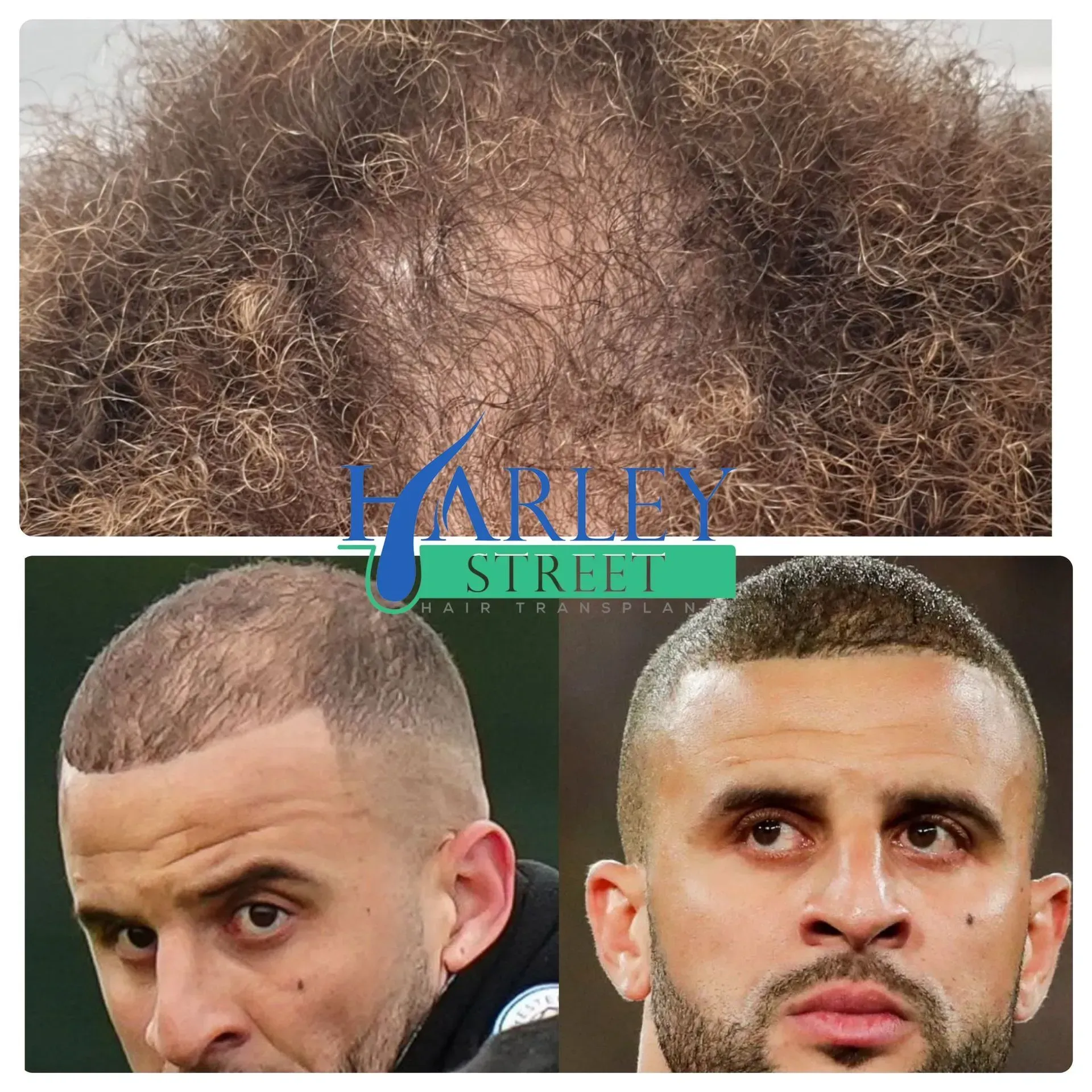
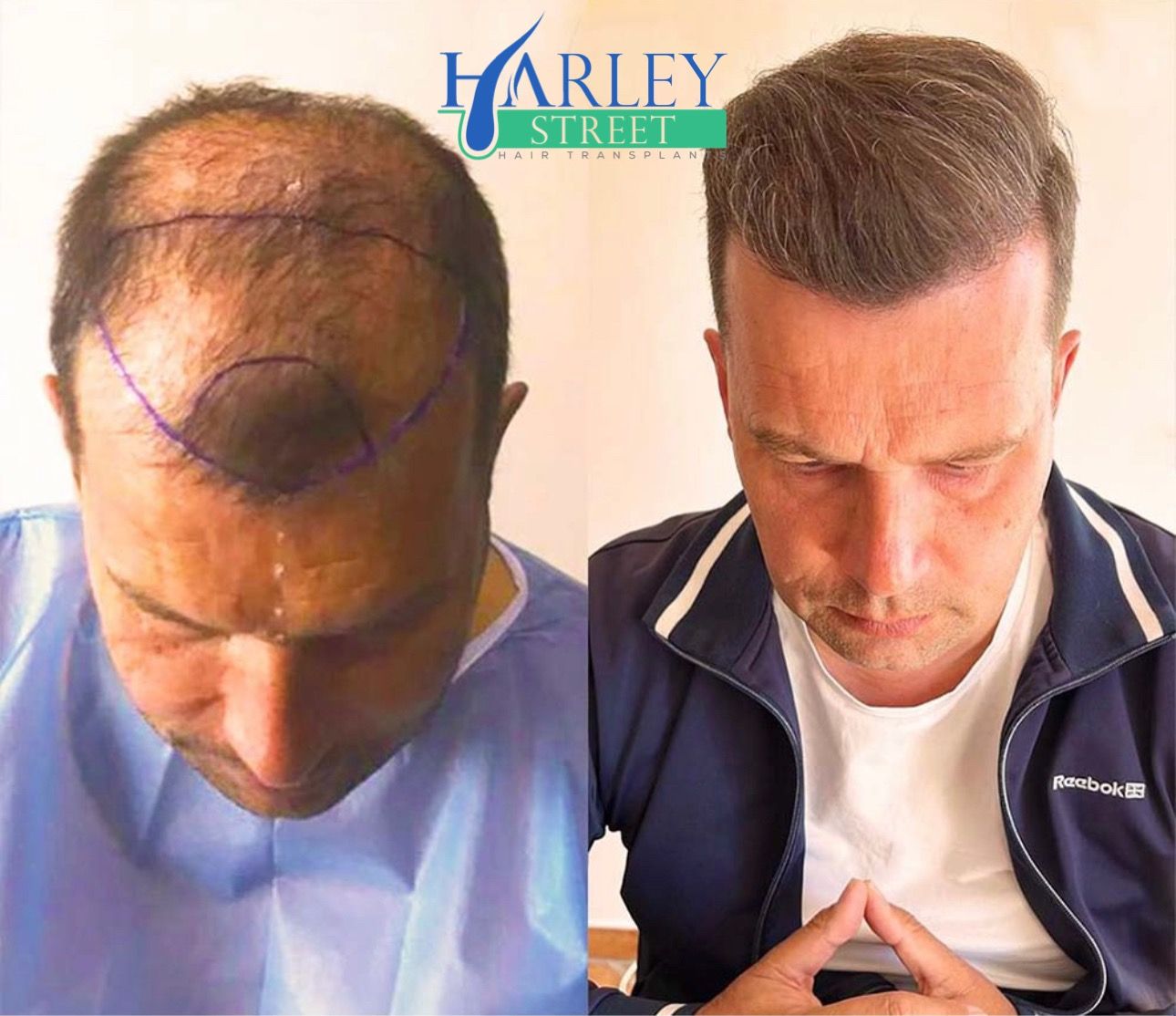
What is a crown hair transplant?
A crown hair transplant is a hair restoration procedure that is specifically designed to address thinning or balding areas on the crown of the head. The crown area, which is the circular patch of hair at the top of the head, is a common area for hair loss in both men and women.
During a crown hair transplant, healthy hair follicles are harvested from a donor area, typically the back or sides of the head, and then transplanted onto the crown area. This is done using advanced techniques and technologies to ensure that the transplanted hair blends in seamlessly with the surrounding hair and looks completely natural.
Crown hair transplants are typically performed under local anaesthesia, and the procedure can take several hours to complete depending on the extent of the balding or thinning area. After the procedure, patients may experience some redness, swelling, and mild discomfort in the scalp area, but this usually resolves within a few days.
The results of a crown hair transplant can be dramatic, with patients often experiencing a significant improvement in the density and thickness of their hair in the crown area. However, it is important to note that the success of the procedure depends on a number of factors, including the quality and quantity of the donor hair, as well as the skill and experience of the hair transplant surgeon.
What causes crown hair loss in men and women?
Crown hair loss, also known as androgenetic alopecia, is a common type of hair loss that affects both men and women. The exact causes of crown hair loss are not fully understood, but it is generally believed to be a combination of genetic, hormonal, and environmental factors.
In men, crown hair loss is typically caused by a hormone called dihydrotestosterone (DHT), which is a byproduct of testosterone. DHT can cause the hair follicles in the crown area to shrink and eventually stop producing hair. This process is known as miniaturisation and can lead to the hair becoming thinner and shorter, and eventually falling out altogether.
In women, crown hair loss is often related to hormonal changes that occur during menopause or pregnancy. It can also be caused by conditions such as polycystic ovary syndrome (PCOS) or thyroid disorders, as well as certain medications, stress, and nutritional deficiencies.
Other factors that can contribute to crown hair loss in both men and women include age, smoking, and exposure to certain chemicals or toxins. It is important to note that while genetics play a significant role in determining the likelihood of crown hair loss, lifestyle factors such as diet, exercise, and stress management can also play a role in maintaining healthy hair growth.
Planning for a Hair Transplant?
Planning for a hair transplant is an important step towards achieving your desired look. Before undergoing the procedure, it is important to consult with a qualified hair transplant surgeon to discuss your expectations, assess your suitability for the procedure, and create a personalised treatment plan. Our surgeons will evaluate your hair loss pattern, hair density, and donor area to determine the number of hair grafts needed and the best technique for your individual needs. Additionally, we will provide you with pre-operative instructions, such as avoiding blood-thinning medication and smoking, and post-operative care instructions to ensure a smooth recovery. It is important to follow these instructions carefully to optimise the success of the hair transplant procedure. With careful planning and the guidance of our skilled hair transplant surgeons, you can achieve natural-looking and long-lasting results from your hair transplant procedure.
Book Your
Free Consultation Today
Contact Us
Our range of
Hair Loss Treatments
Patient Care Is Our Leading Priority

Follicular Unit Extraction (FUE)
FUE is a minimally invasive procedure that does not require a large incision or stitches, resulting in minimal scarring and a faster recovery time.

Follicular Unit Transplantation (FUT)
FUT can be an effective hair restoration option for patients with larger areas of baldness or those who require a higher number of grafts.

Non Surgical Hair Loss Treatment
Non-surgical hair restoration treatment makes use of the patient's own blood to promote hair growth.

Eyebrow Hair Transplants
Eyebrow hair transplants are a specialised hair restoration procedure that involves transplanting hair follicles from the scalp to the eyebrows.

Beard Hair Transplants
Beard hair transplants are a specialized hair restoration procedure that involves transplanting hair follicles from the scalp or other areas of the body to the beard area.

Female Hair Transplants
Female hair transplants are a specialised hair restoration procedure that involves transplanting hair follicles to the areas of thinning or balding hair in women.
CROWN HAIR TRANSPLANTS IN GLASGOW
How is a crown hair transplant performed?
There are a few different hair transplant methods that can be used for a crown hair transplant, but the most common one is follicular unit extraction (FUE).
During an FUE procedure, individual hair follicles are extracted from a donor area, typically the back or sides of the head, using a specialized tool. The extracted follicles are then transplanted onto the crown area in a way that mimics the natural growth pattern of the hair.
FUE is a minimally invasive hair transplant technique that does not require a large incision or stitches, which means that there is minimal scarring and a shorter recovery time compared to other hair transplant methods. It also allows for a high degree of precision and control, which is particularly important when transplanting hair onto the crown area, where the direction and angle of hair growth is crucial for achieving natural-looking results.
How much does it cost for a crown hair transplant?
The cost of a crown hair transplant in the UK can vary depending on several factors such as the extent of hair loss, the number of hair follicles required for the transplant, the hair transplant technique used, and the experience of the hair transplant surgeon. On average, the cost of a crown hair transplant at our Glasgow clinic is £4000, but this will depend on the extent of hair loss around the crown and the number of grafts required. It's recommended to schedule a consultation with one of our hair transplant specialists to discuss your options and receive an accurate estimate of the cost based on your individual needs and goals.
Why consider a crown hair transplant?
If you are suffering from crown hair loss, then it may be time to consider taking action. Here are just some of the reasons to consider a crown hair transplant:
- Restoring hair density: If you have experienced hair loss or thinning on the crown of your head, a hair transplant can restore the density of your hair in that area, giving you a fuller head of hair.
- Boosting confidence: Hair loss can be a major source of insecurity for many people. A crown hair transplant can help boost your self-esteem and confidence by restoring your natural hairline.
- Permanent solution: Unlike other hair restoration methods such as hairpieces or wigs, a hair transplant is a permanent solution. The transplanted hair will continue to grow naturally and will require no special maintenance.
- Natural-looking results: With modern hair transplant techniques, such as follicular unit transplantation (FUT) and follicular unit extraction (FUE), the transplanted hair looks and feels completely natural, blending seamlessly with the rest of your hair.
- Minimally invasive: Crown hair transplants are minimally invasive procedures that involve very little downtime. Most people can return to their normal activities within a few days of the procedure.
Overall, a crown hair transplant can be an effective and long-lasting solution for people who are experiencing hair loss or thinning on the crown of their head.
Harley Street Glasgow - Why choose us for your crown hair transplant?
If you are considering a crown hair transplant, choosing the right clinic and surgeon is essential to achieving the best possible results. Our Glasgow hair transplant clinic has a team of experienced hair restoration surgeons who specialise in crown hair transplants.
We use the latest techniques and technologies to ensure that your transplant looks natural and seamless, with minimal scarring and maximum density. Our team is dedicated to providing personalised care, and we will work closely with you to develop a treatment plan that meets your individual needs and goals.
Additionally, we offer competitive pricing and financing options to make the procedure more affordable. With our expertise and commitment to excellence, you can trust us to help you achieve the full head of hair you've always wanted.
Popular Questions
Got a question for our Glasgow hair transplant team? We’re here to help.
